Stageworks: Unleash the Power of Your Performance Space
Understanding Your Stage’s Potential
Every performance space, from a grand theatre to a small intimate venue, possesses unique characteristics that can either enhance or hinder a production. Understanding these nuances is key to unlocking your stage’s full potential. This involves considering factors such as size, acoustics, lighting capabilities, and overall aesthetic. Analyzing these aspects allows for informed design choices that optimize the audience experience and maximize the impact of your performance.
Harnessing the Power of Acoustics
Acoustics are paramount. A poorly designed sound environment can render even the most talented performers inaudible or create distracting echoes. This section delves into acoustic treatments, from strategically placed sound-absorbing materials to the effective use of sound reflectors. We’ll explore how to mitigate problematic reverberation and achieve optimal clarity and resonance for both speech and music. Learn how to assess your space’s acoustic profile and make informed decisions about sound system placement and equalization.
Illuminating Your Performance: Stage Lighting Techniques
Lighting is more than mere illumination; it’s a powerful storytelling tool. This segment explores advanced stage lighting techniques, including the effective use of color, intensity, and direction to create mood, emphasize key moments, and guide the audience’s eye. We’ll discuss different lighting instruments and their applications, from spotlights and wash lights to gobos and moving lights. Mastering lighting control techniques, including fades, cross-fades, and chases, will elevate your productions to a professional level.
Set Design and Spatial Dynamics: Maximizing Your Stage
The arrangement of your set significantly impacts the flow and visual appeal of your performance. This section examines how to use set design to enhance spatial dynamics, creating depth, focus, and visual interest. We will explore practical techniques for designing sets that complement the performance while maximizing the use of available space. Learn how to strategically place scenery and props to create dynamic compositions that engage the audience.
Technology Integration: Enhancing the Modern Stage
Modern technology offers incredible opportunities to enhance stage productions. This section explores the integration of audio-visual technology, including projection mapping, interactive displays, and automated lighting systems. We’ll discuss the benefits and challenges of integrating technology, offering practical advice on choosing appropriate systems and ensuring seamless operation.
Audience Engagement: Creating an Immersive Experience
Ultimately, a successful performance hinges on audience engagement. This final section explores techniques for creating an immersive experience that connects with your audience on an emotional level. We’ll discuss factors such as seating arrangement, stage proximity, and interactive elements that can foster a stronger connection between performers and spectators. Learn how to design a performance space that is not just visually appealing, but also fosters a sense of intimacy and shared experience.
Conclusion: Transforming Your Stage into a Powerful Performance Hub
By understanding and harnessing the unique characteristics of your performance space, you can transform it into a powerful tool that elevates your productions and captivates your audience. Employing the techniques discussed in this article will help you create a truly memorable and impactful performance experience.


